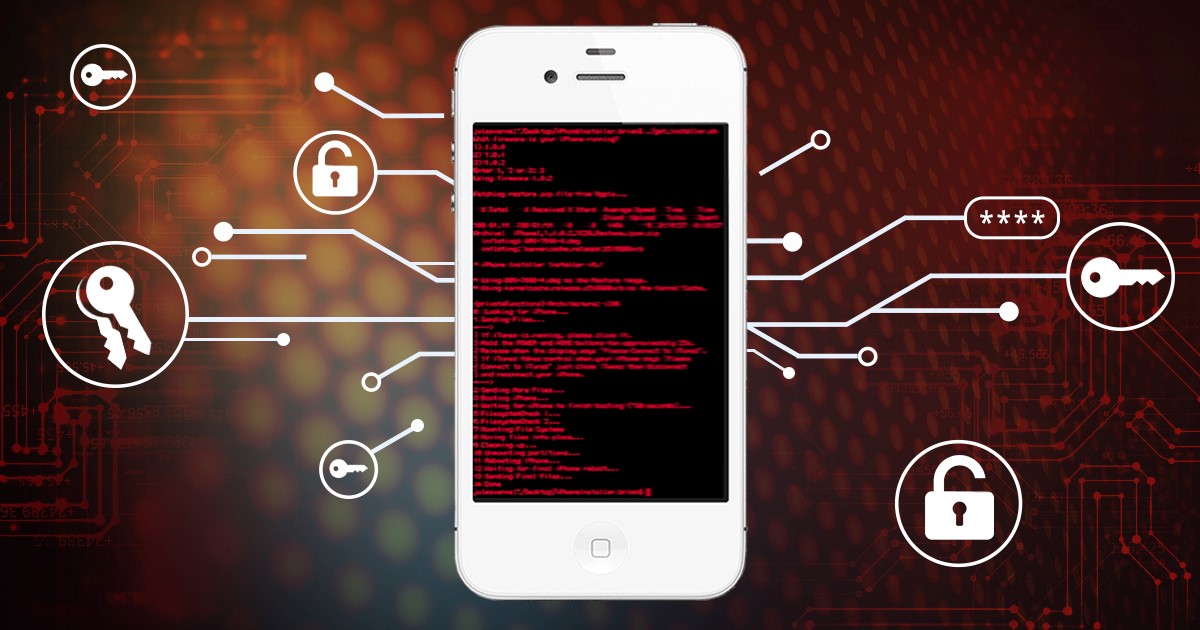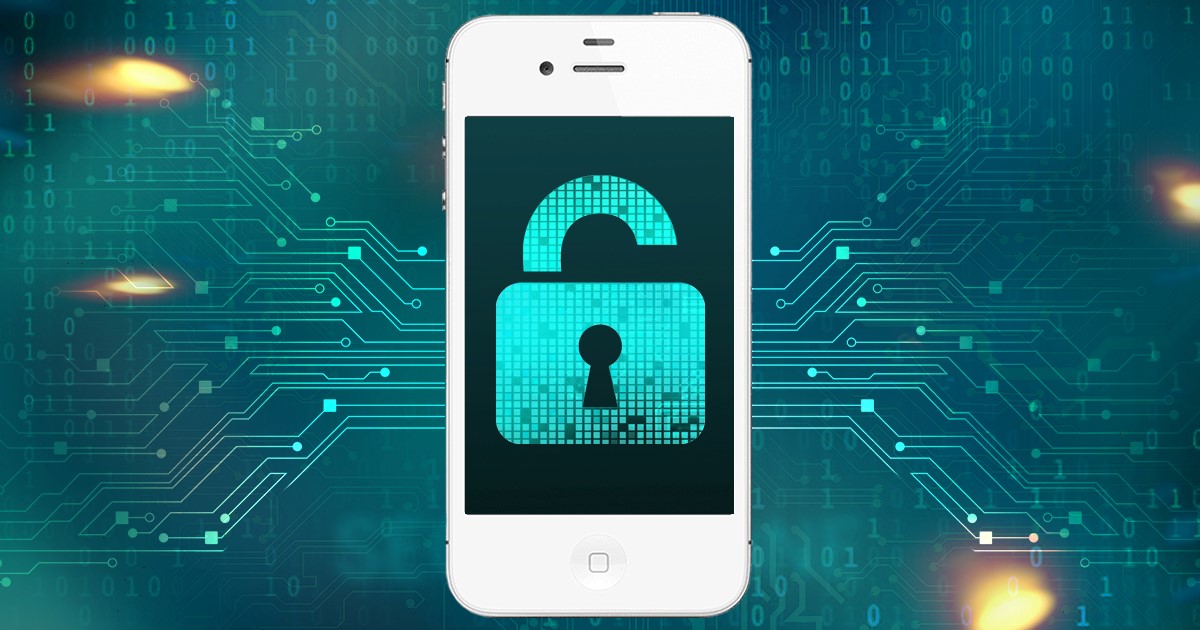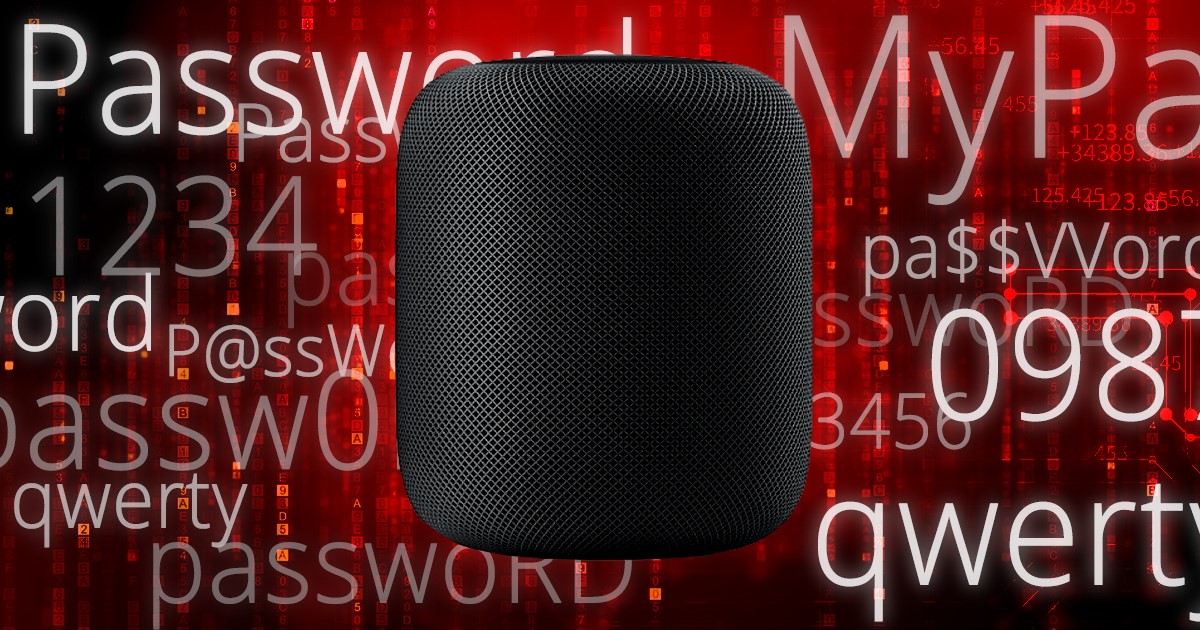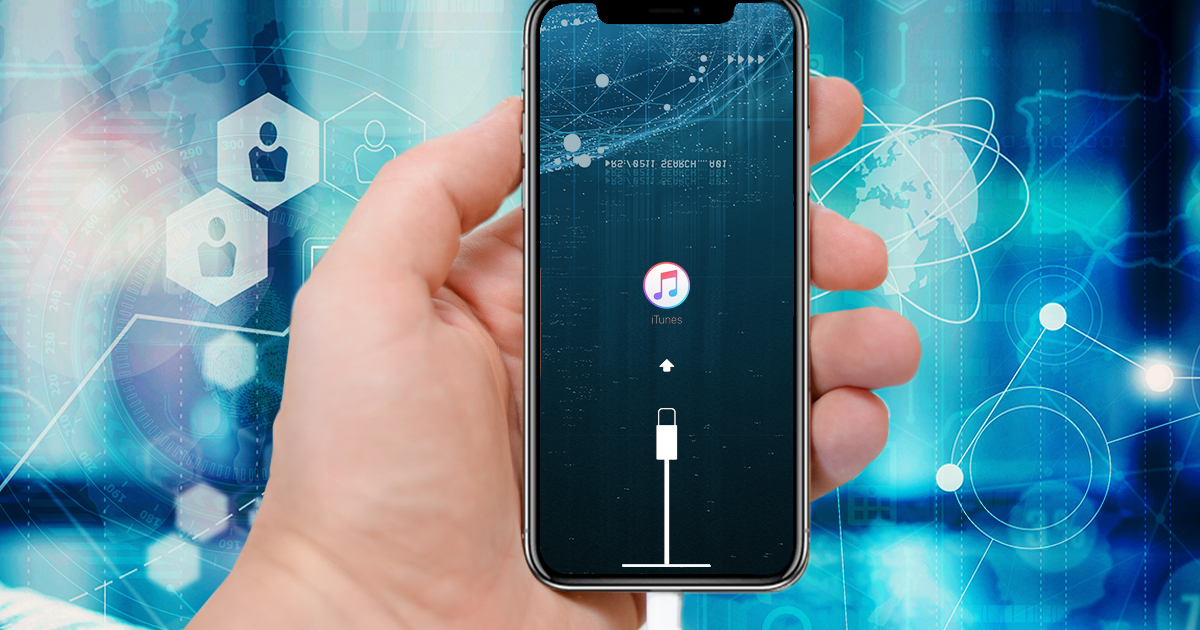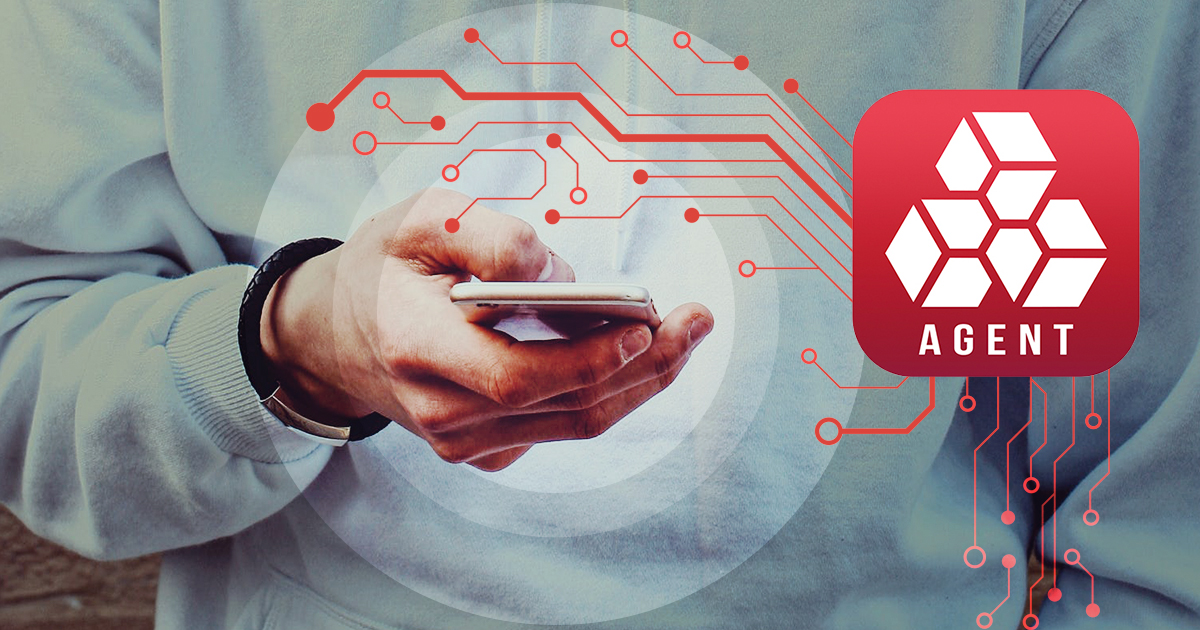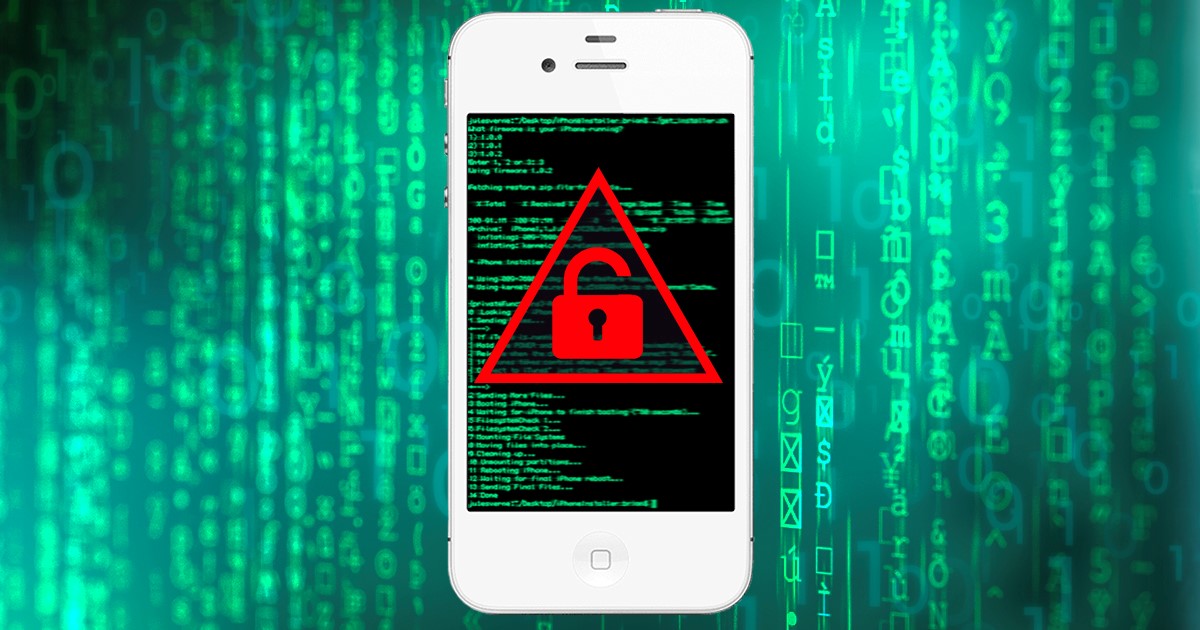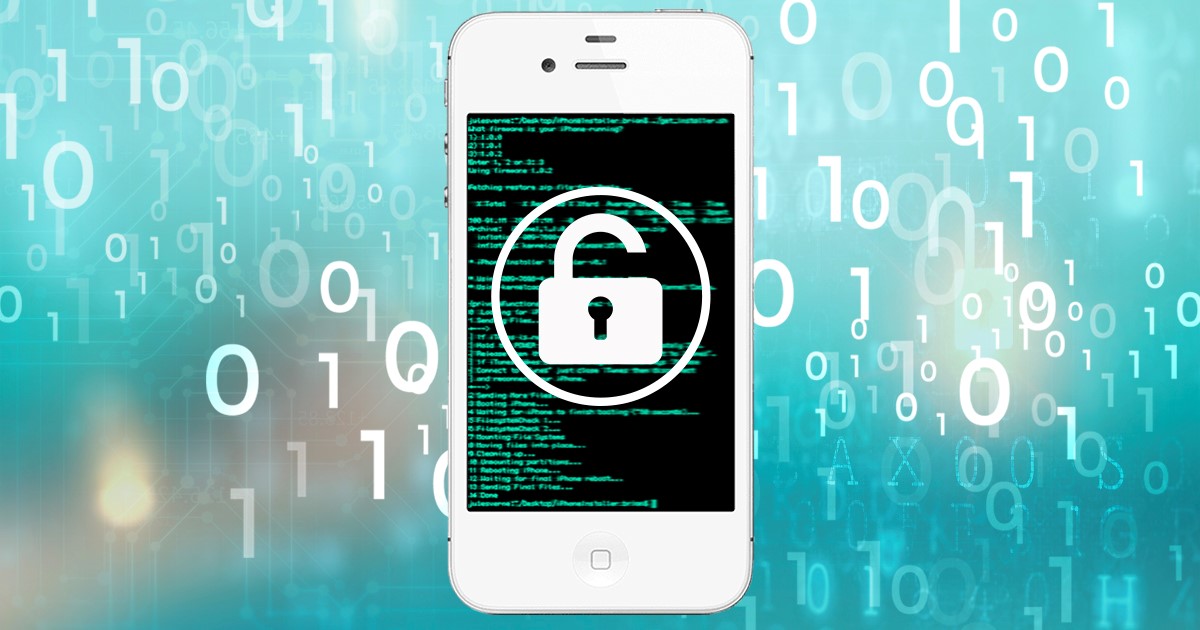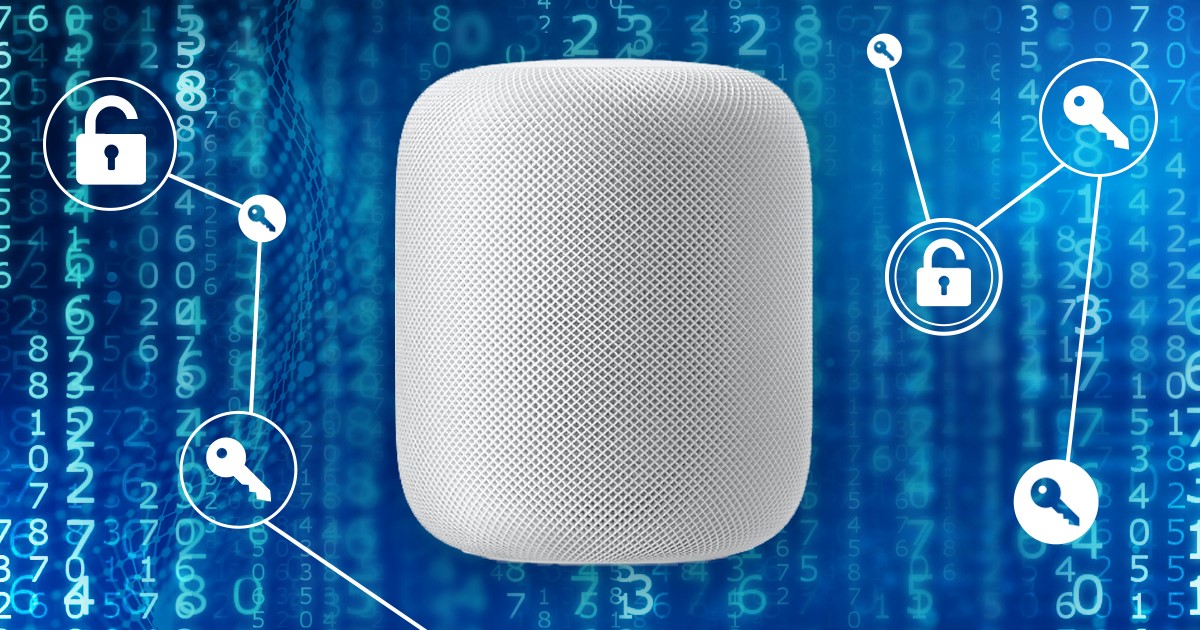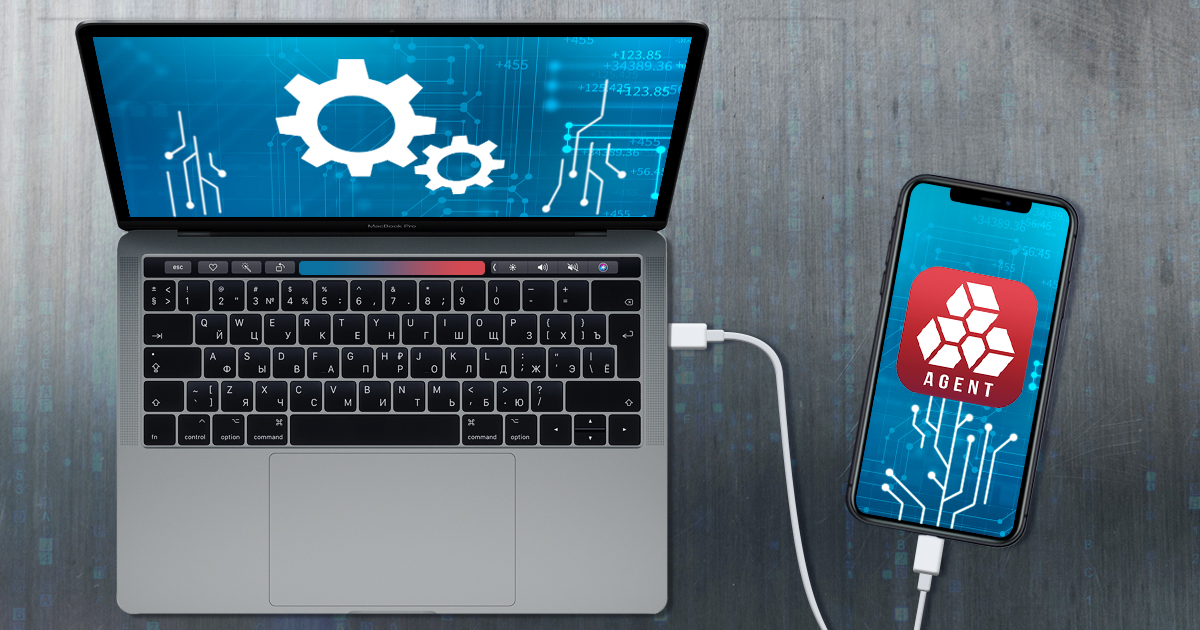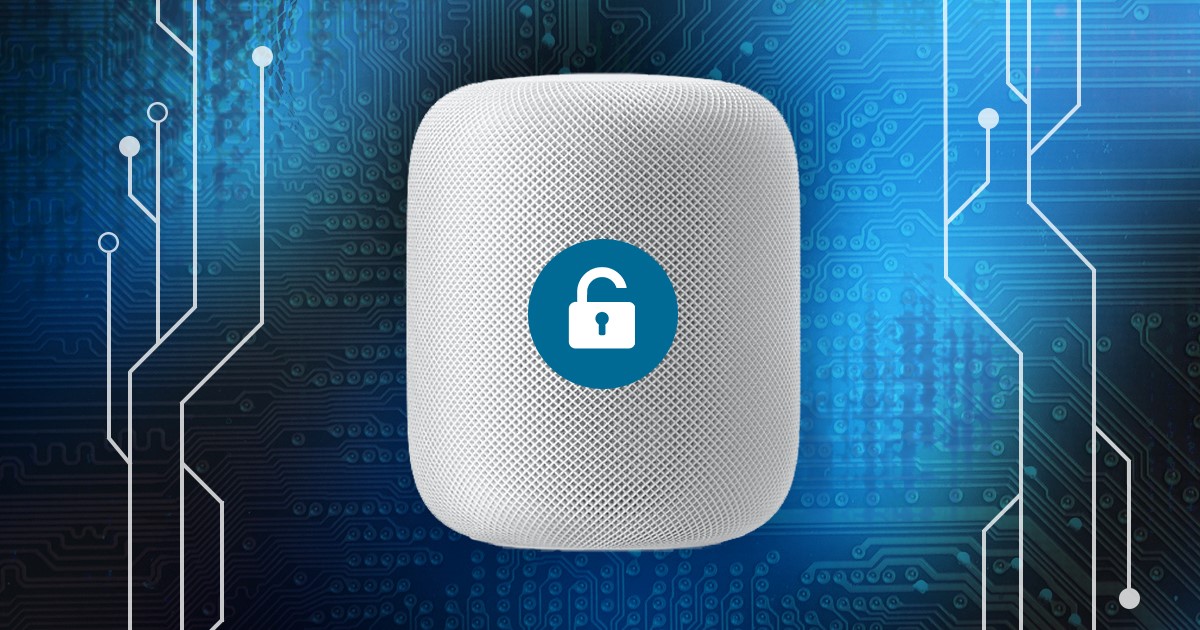March 28th, 2023 by Elcomsoft R&D
Forensic acquisition has undergone significant changes in recent years. In the past, acquisition was relatively easy, with storage media easily separable and disk encryption not yet widespread. However, with the rise of mobile devices and their built-in encryption capabilities, acquiring data has become increasingly challenging. Traditional approaches like disk dumps are no longer feasible, and software exploitation has become the industry standard. Despite these methods, there are limitations to mobile acquisition, including the need to collaborate with the device, the possibility of hardware defects or deliberate data tampering. As a result, there is a need for continuous innovation in forensic acquisition to address these challenges and ensure accurate and reliable data collection.
Read the rest of this entry »

